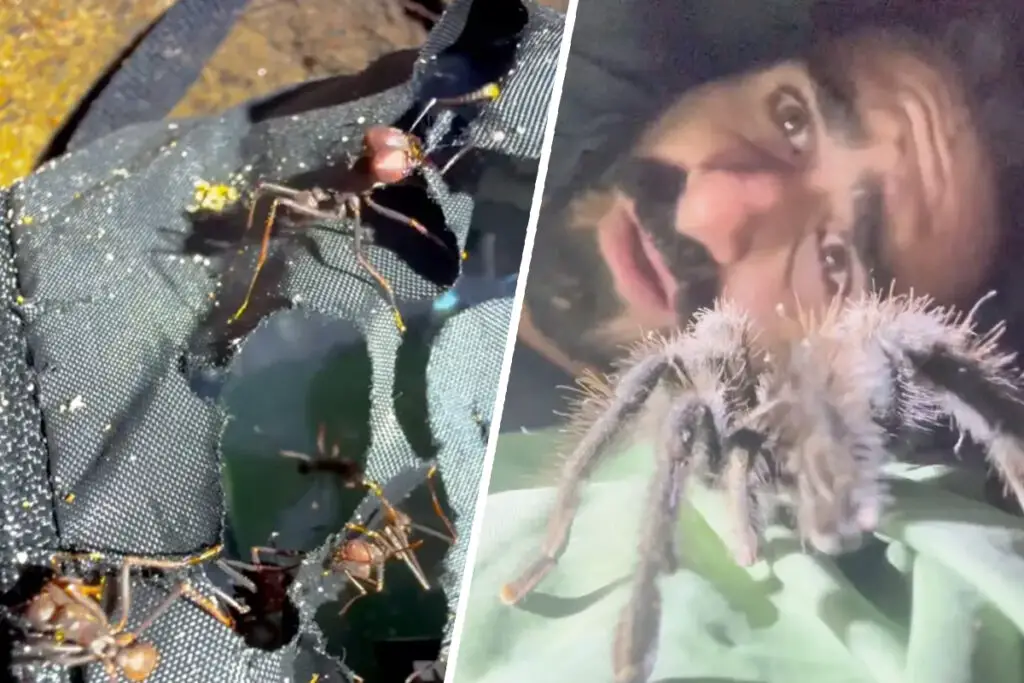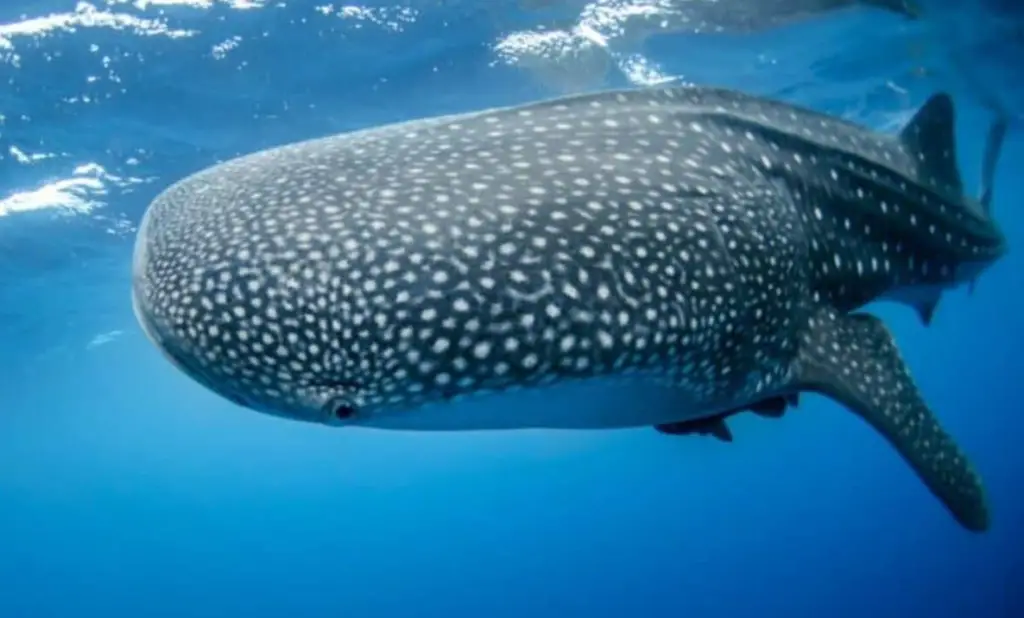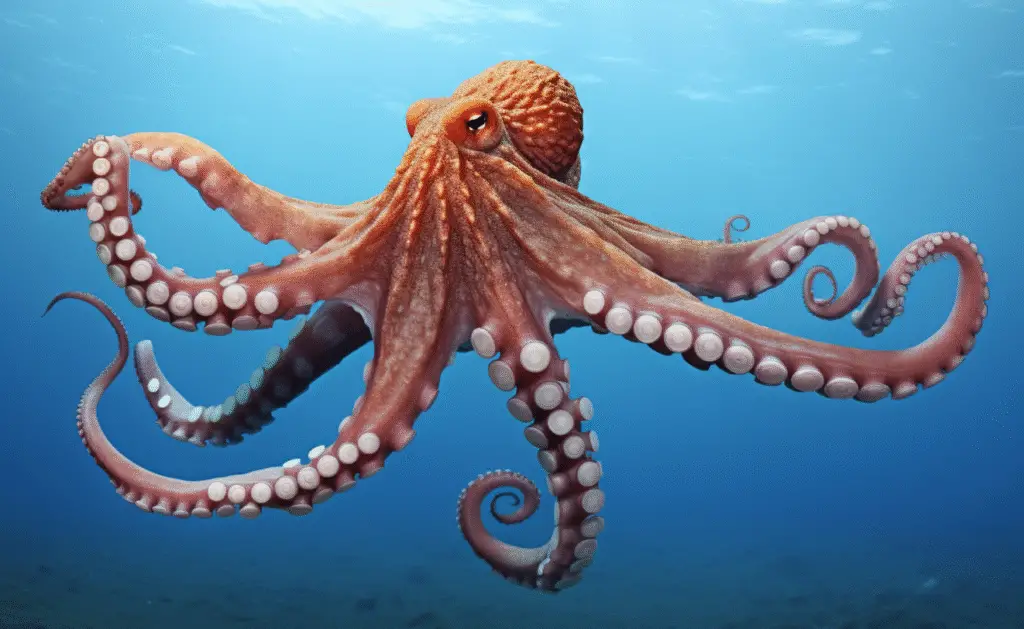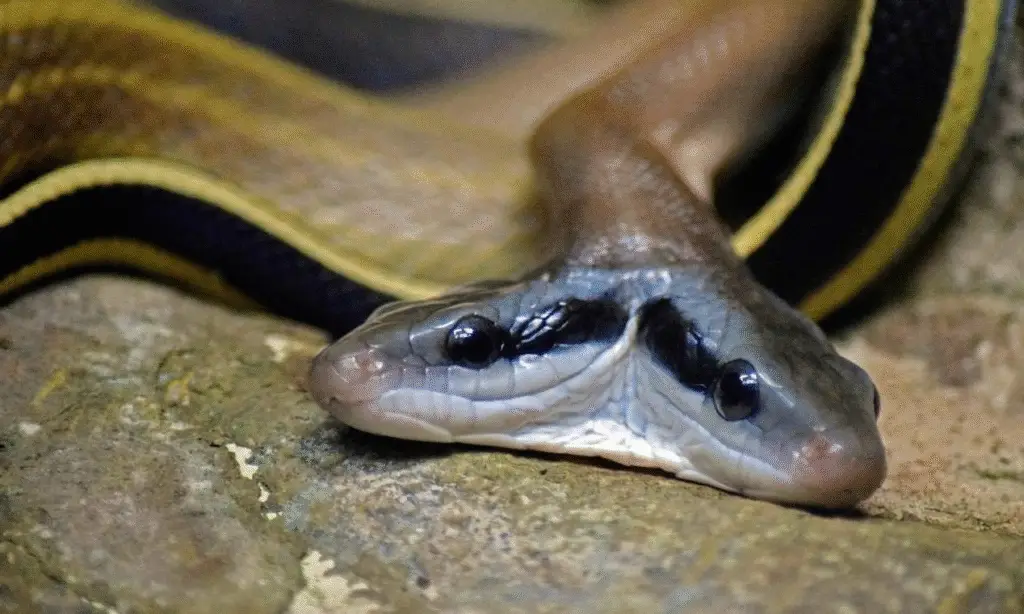Why Do Monk Seals Get Eels in Their Noses?

Hawaii, USA — A peculiar and unsettling trend has emerged among Hawaii’s endangered monk seals (Neomonachus schauinslandi): eels lodged in their nostrils.
While the image of a seal with a slimy, foot-long eel dangling from its nose has sparked viral curiosity, scientists at the National Oceanic and Atmospheric Administration (NOAA) are working to unravel the mystery behind this alarming behavior.
An Unexpected Threat to an Endangered Species
The phenomenon first gained attention in 2016 after NOAA’s Hawaiian Monk Seal Research Program documented the initial case.
Since then, researchers have observed at least five juvenile seals with eels trapped in their nasal passages—a pattern absent in the program’s 40-year monitoring history.
The seals, part of a population dwindling to just 1,400 individuals, are already threatened by human interference, ocean plastic entanglement, and habitat loss.
Now, this bizarre nasal intrusion adds another layer of concern.
“We’re dealing with a species on the brink, and every new challenge demands scrutiny,” says Dr. Emily Carter, a NOAA marine biologist.
“While it’s rare, the fact that this issue is recurring requires us to understand its cause—and mitigate it.”
Two Leading Theories: Foraging or Regurgitation
Researchers propose two explanations for how eels end up in seals’ nostrils.
The first centers on the seals’ feeding habits.
Monk seals are benthic foragers, meaning they hunt along the ocean floor, flipping rocks and probing coral crevices for prey such as crustaceans, octopuses, and small fish.
Eels, which hide in these same spaces, may instinctively flee upward into a seal’s nose when threatened.
“The seal’s muzzle disrupts the eel’s shelter, triggering an escape response,” explains Dr. Carter. “In confined spaces, the eel’s path of least resistance could be the nasal cavity.”
The second theory involves regurgitation.
Seals may swallow eels whole, only to vomit them later. During this process, the eel could accidentally exit through the nasal passage instead of the mouth—a scenario documented in other marine mammals.
Intervention and Conservation Efforts
When a seal is spotted with an eel in its nose, NOAA’s response team swiftly captures the animal to remove the obstruction.
While the procedure is minimally invasive for the seal, the eel rarely survives.
Though traumatic, these interventions are critical: approximately 30% of the current monk seal population exists due to direct conservation efforts, including disentanglement, medical care, and habitat protection.
“Every individual matters,” emphasizes Dr. Carter. “These interventions ensure the seals return to their environment unharmed, which is vital for a species with such low genetic diversity.”
A Mystery Rooted in Changing Ecosystems
The sudden emergence of this behavior since 2016 raises questions.
Why are only juvenile seals affected? Could shifting ocean conditions or prey behavior play a role? Some scientists speculate that younger, less experienced seals may forage more recklessly, increasing their exposure to hiding eels.
Others suggest rising ocean temperatures or coral reef degradation could be forcing eels into tighter spaces, escalating confrontations with seals.
“It’s a puzzle,” admits Dr. Carter. “We’re analyzing data on seal foraging patterns, eel behavior, and environmental changes to identify potential triggers.”
Broader Implications for Marine Conservation
Monk seals are a keystone species in Hawaii’s marine ecosystems, maintaining balance by preying on invasive species and supporting coral reef health.
Their decline could destabilize these habitats, impacting everything from fish populations to tourism.
While the eel-in-nose cases are uncommon, they underscore the unpredictability of threats facing endangered species.
“Conservation isn’t just about addressing known dangers like plastic pollution or overfishing,” says Dr. Carter. “It’s also about adapting to emerging, unusual challenges—even if they involve eels in places they shouldn’t be.”
Ongoing Research and Public Vigilance
NOAA continues to monitor monk seals across Hawaii’s northern islands, urging the public to report sightings of distressed animals.
Researchers emphasize that human activity, such as approaching seals or littering, exacerbates existing threats.
For now, the eel-nose phenomenon remains an open case—one that highlights both the fragility of marine life and the relentless curiosity required to protect it.
































